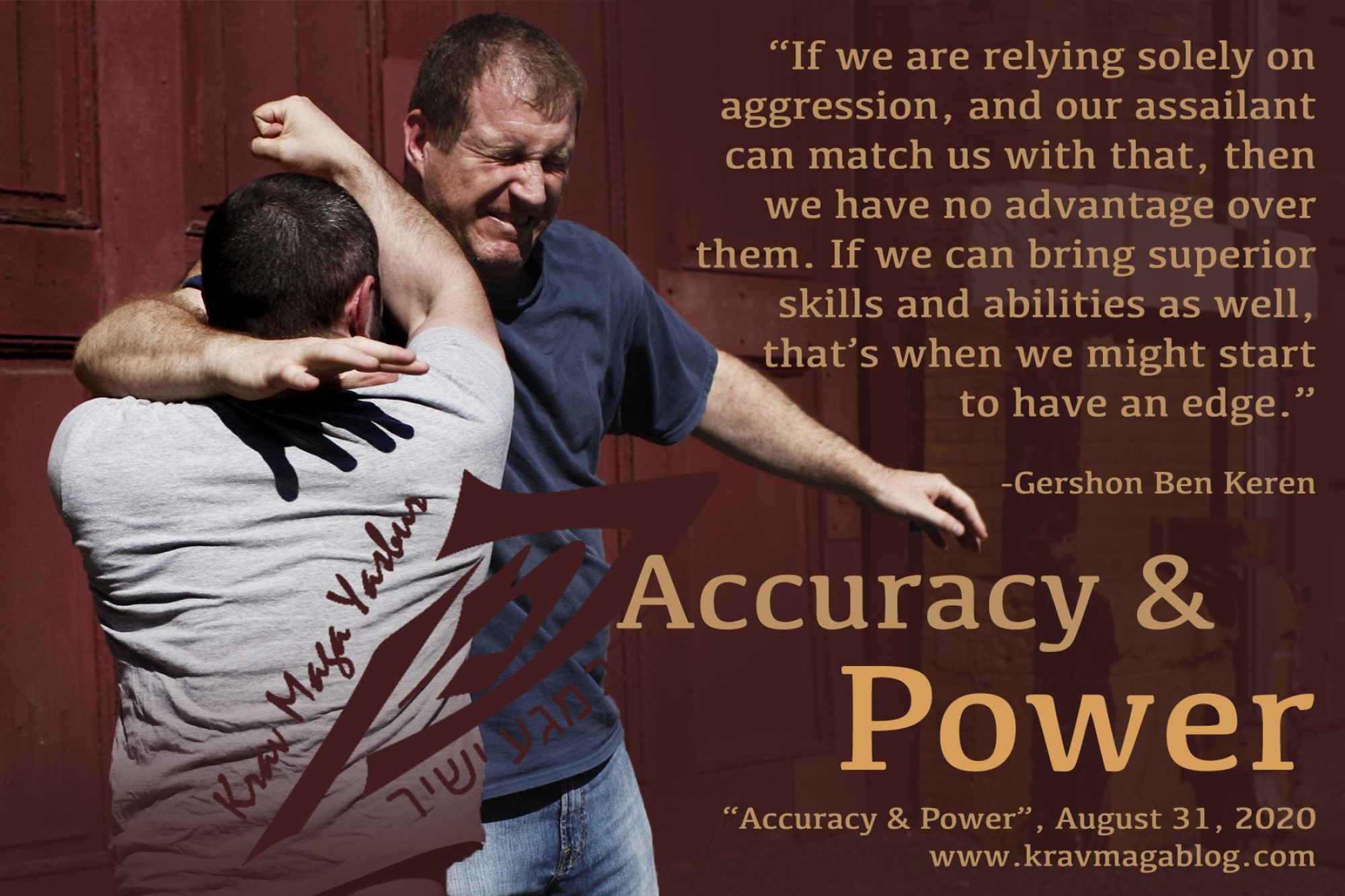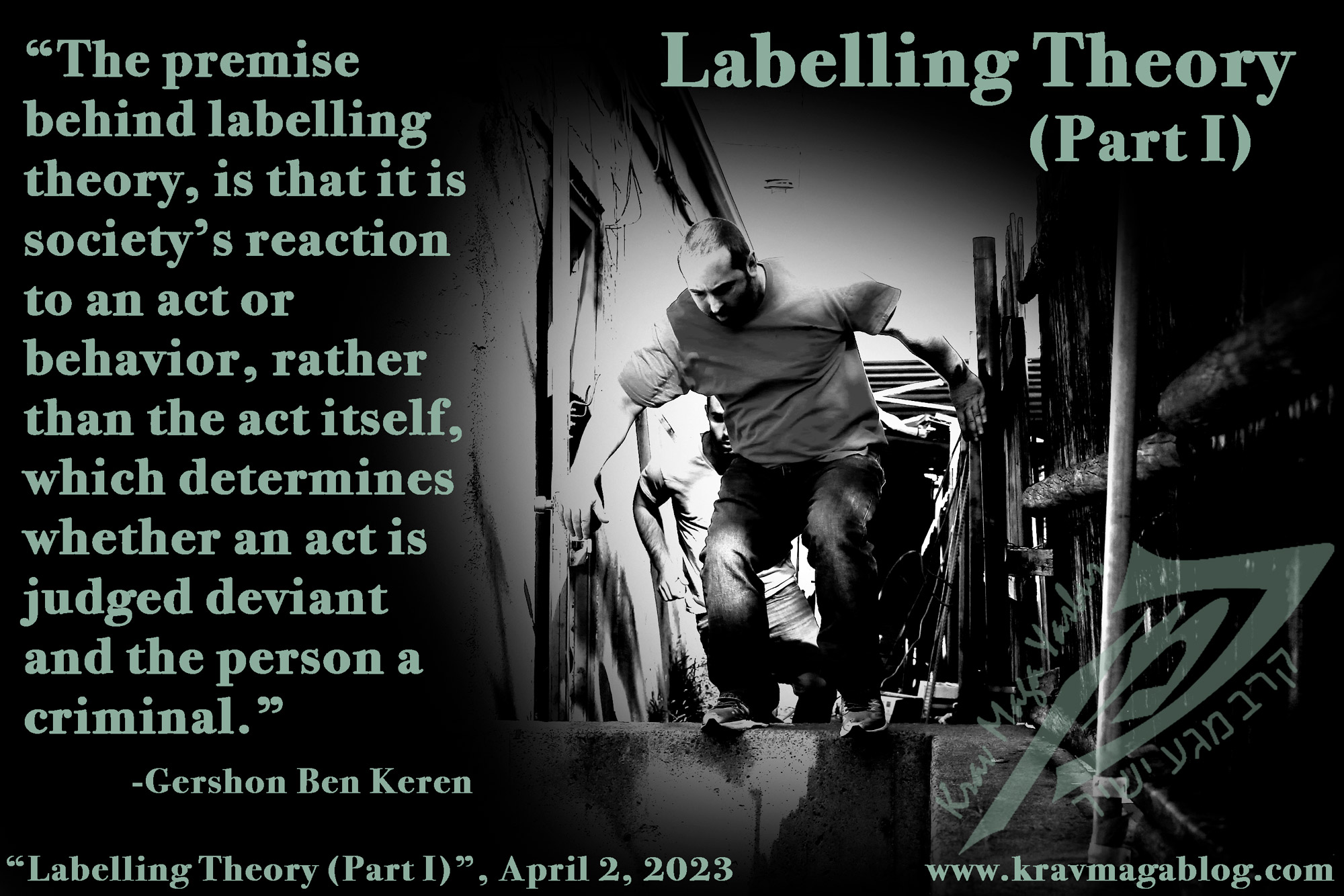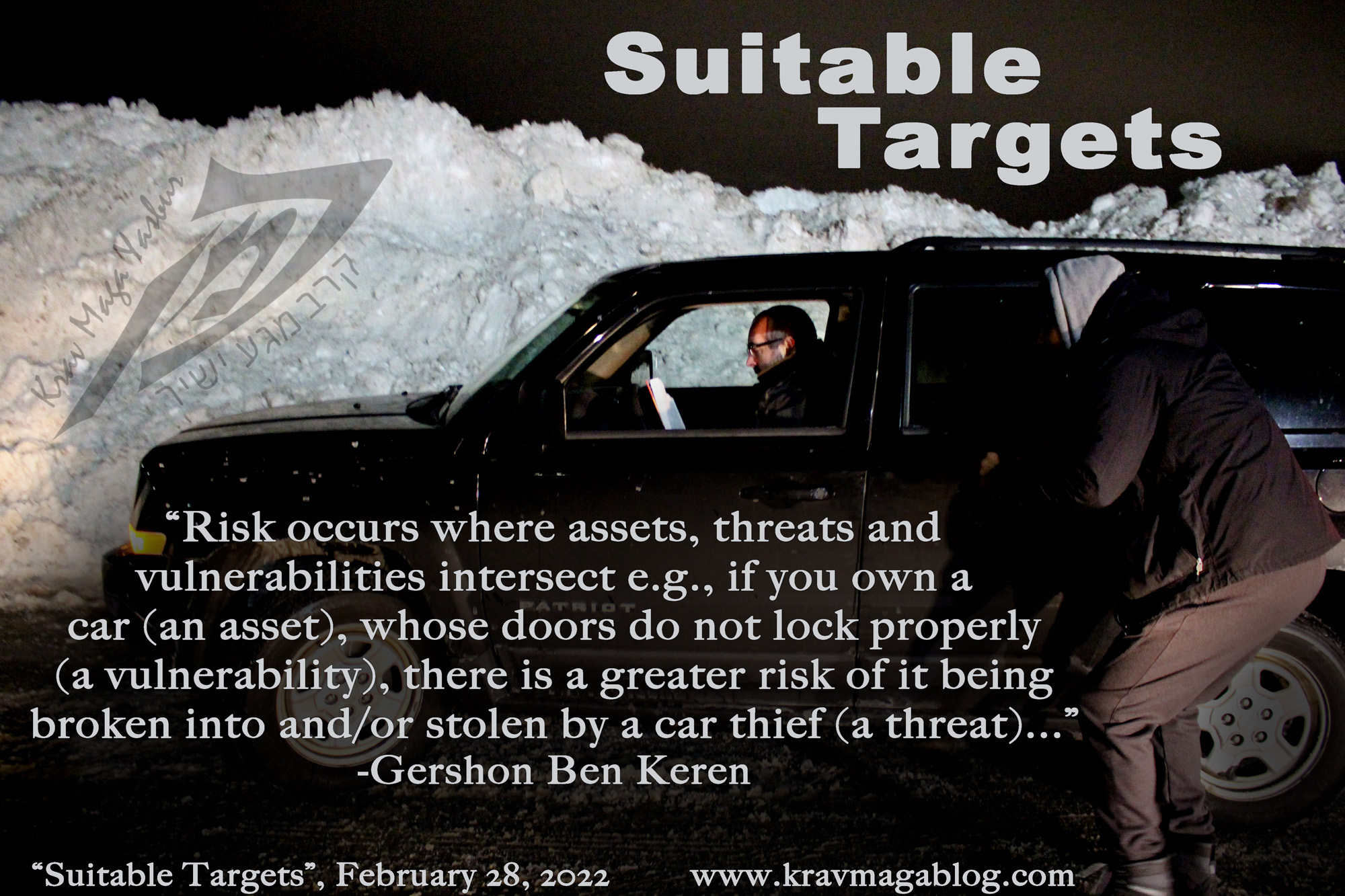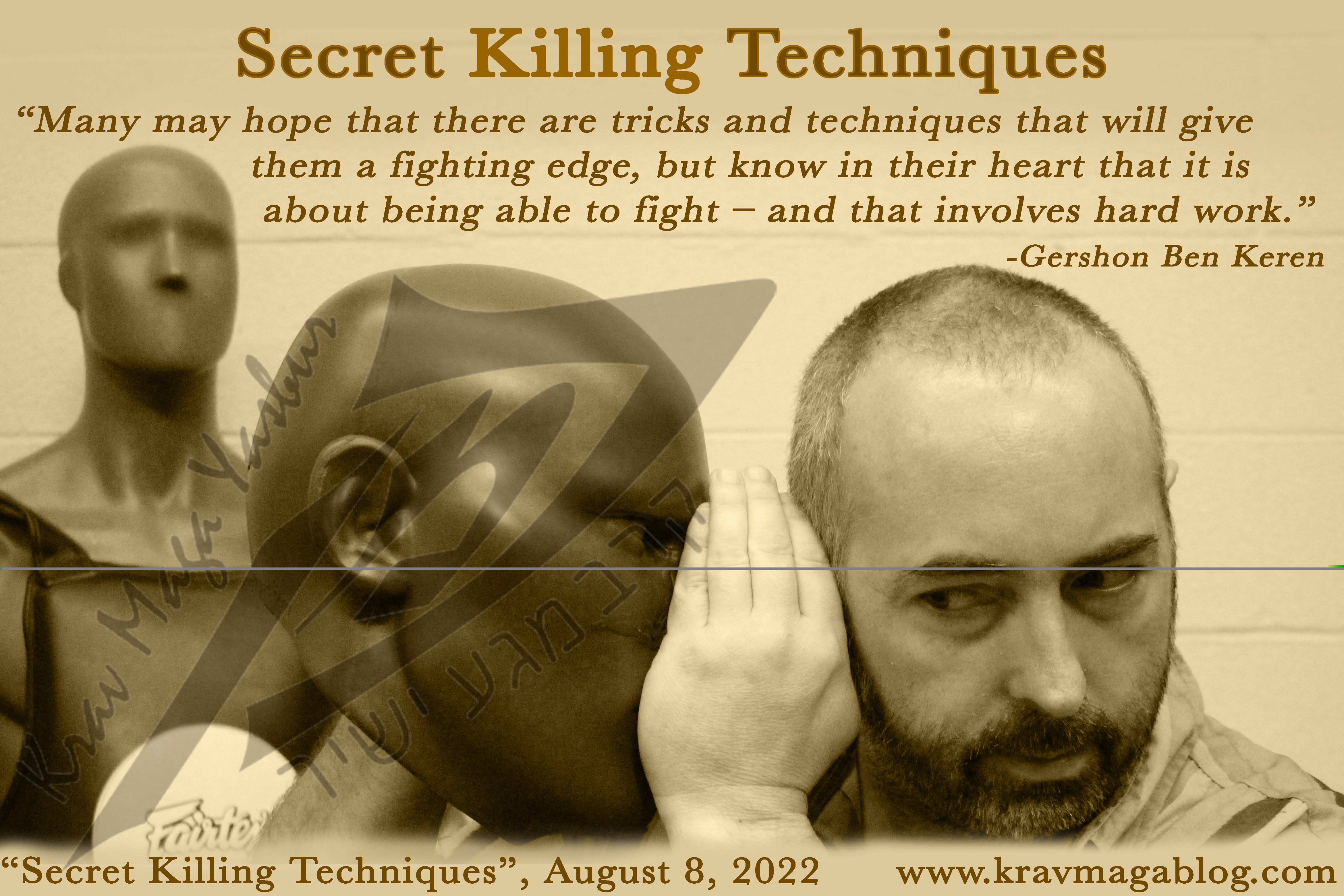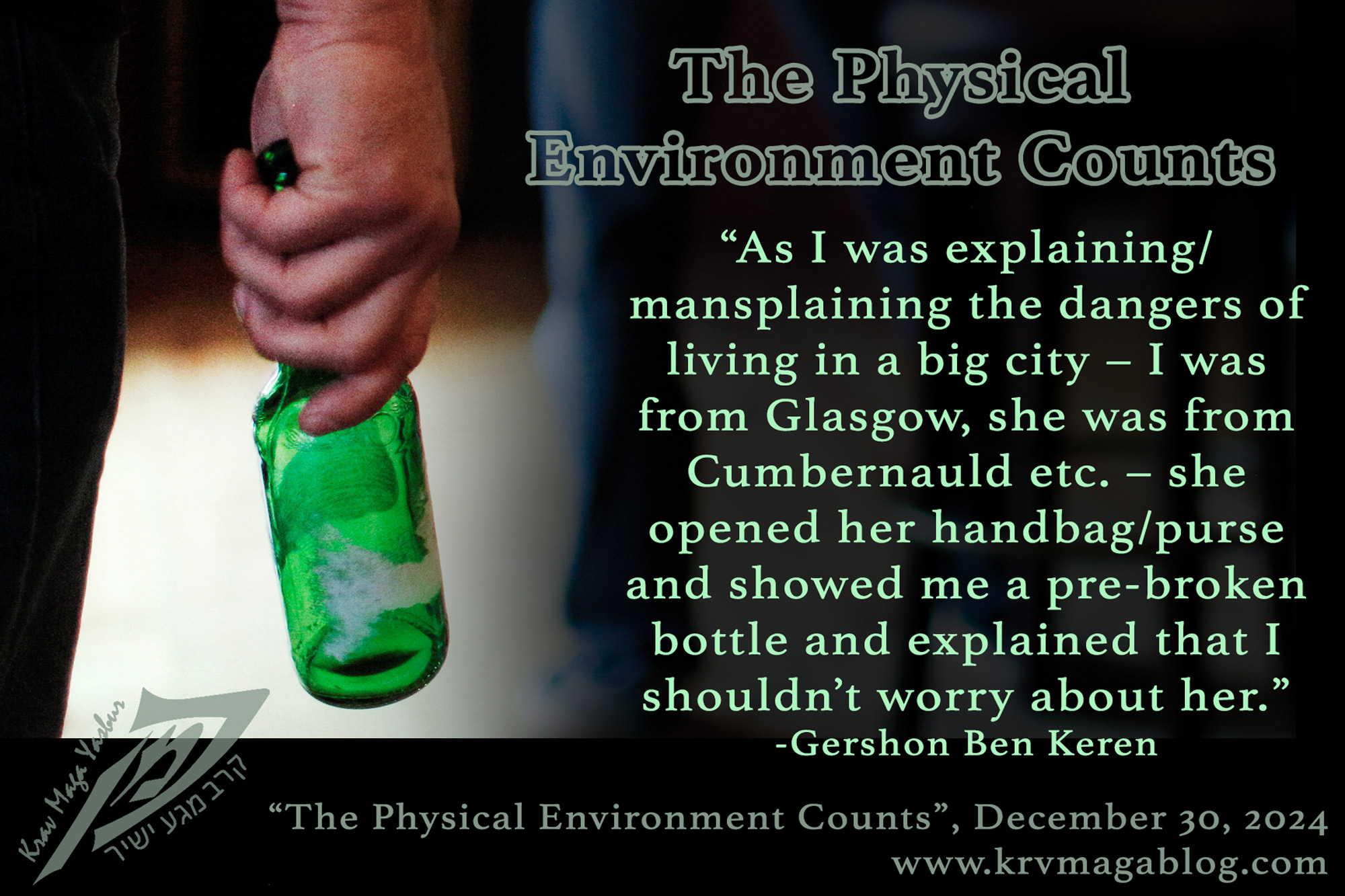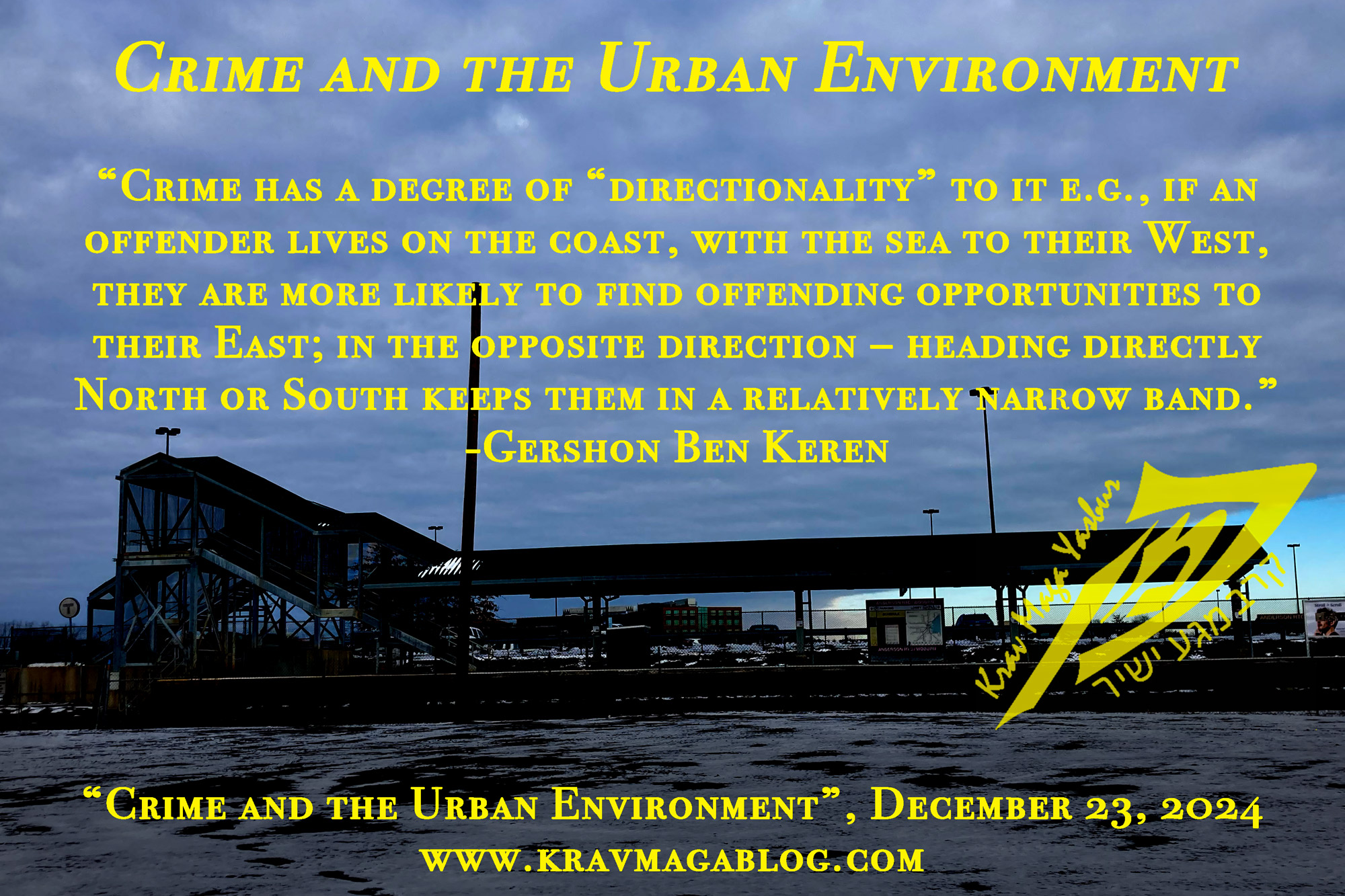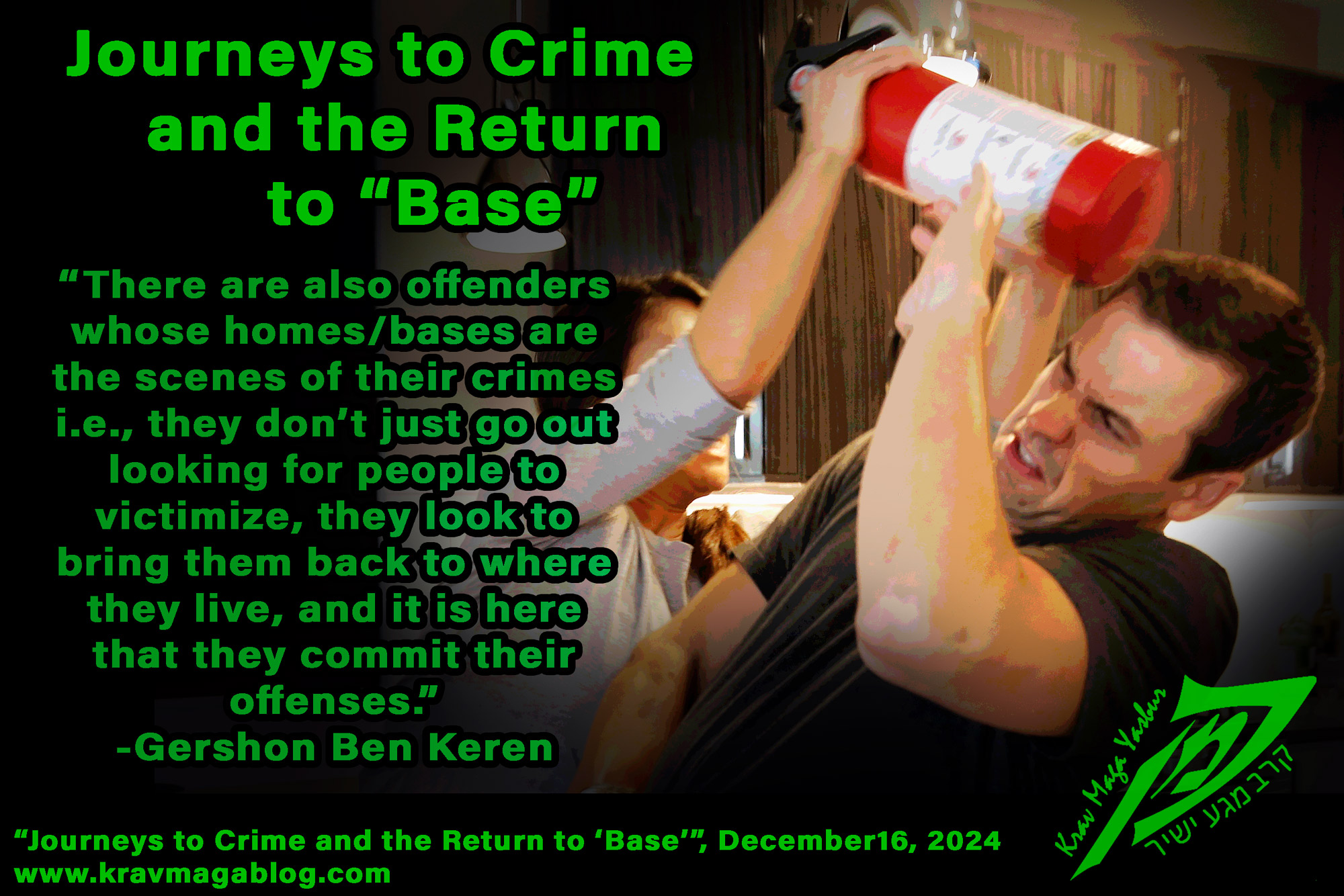Forward Panic, is an article written by Gershon Ben Keren, a 5th Degree Black Belt in Krav Maga, who teaches Krav Maga in Boston, MA. He has also authored three Amazon best-Selling Books on Krav Maga.
The saying, “an English man’s home is his castle”, is often used to say/suggest that people have the right to do what they want in their home (including how they defend themselves, others, and their property when it), and that others – including the state – have no right impinging on this. This is certainly how Tony Martin interpreted it. His farmhouse, Bleak House in Emneth Hungate, Norfolk had been burgled before. The 1990’s had been a decade that had seen a sharp rise in crime, especially burglaries, in rural communities like his. Police de-funding had also meant that many smaller police stations had been closed down, resulting in the reduction of a police presence in these areas. This combination meant that many people in rural communities felt vulnerable, with some expressing anger at the police’s inability to both prevent and solve crimes. Tony Martin was one of these who had made his feelings known at several community events and town hall meetings etc. He had also, in 1994, taken the law into his own hands when he shot a hole in the back of a man’s car who he believed had been stealing apples from his farm. Martin had equipped himself with an illegally owned pump action shotgun; following the incident, his firearms license was revoked, and the shotgun that he had used in this incident, confiscated.
On the evening of the 20th of August 1999, three career criminals drove down from Nottinghamshire (a journey of just under 100 miles), to break into Bleak House, in the search for antiques. Although Tony Martin didn’t know their plan, he’d been expecting something like this to happen, and was ready, waiting to act. When two of the burglars, 29-year-old Brendon Fearon, and 16-year-old Fred Barras broke in, Martin shot down the stairs, into the darkness, hitting the two of them. First, in the stairwell looking to make their way up, and twice more as they fled and climbed out of the window they’d entered through. Both were hit in the legs, but Barras was also shot in the back, something that was to prove fatal. At the trial, the Jury chose a verdict of murder over manslaughter and rejected Martin’s claim of “self-defense”, as at the time of the shooting there was no evidence he was in imminent danger i.e., when he fired the first shot neither Fearon or Barras were at a range/distance where he would have found himself in imminent danger, and the second two shots were fired as the pair were fleeing/retreating etc. The verdict divided opinion in the UK: there were those who believed, “an English man’s home is his castle”, and others who argued that the law of self-defense – as it is in the UK – should apply regardless of location etc. In 2001 an appeal saw his sentence reduced on the grounds of diminished responsibility, and Martin was released in July 2003. It is not the purpose of this article to discuss whether Tony Martin was morally and/or legally justified to have used the level of force he did or make arguments for or against “Castle Doctrine” etc., but rather to examine something called “Forward Panic”, a concept created by sociologist Randall Collins.
A “Forward Panic” is created when there is tension and fear in a conflict situation. However, whilst in many violent interactions, the tension and fear are experienced in the moment of the conflict, when there is a “Forward Panic”, these things are the result of a prolonged build up to the conflict itself. Even before the “confrontation” with Fearon and Barras, Tony Martin was ready and prepared to defend himself and his home; he’d been broken into before and saw his community as becoming lawless with private citizens needing to act because the police were impotent to do so. When given the opportunity to relieve this built-up fear and tension, Tony Martin experienced an emotional explosion – this was the release he needed. The idea of “Forward Panic” is based on 19th Century military theorist, Ardant du Picq’s, observation of something that repeatedly happened in battle: a “Flight to the Front”. This happened when panicked soldiers rushed to engage the enemy because they didn’t have a choice of retreating. They weren’t emotionally in “fight” mode, but in “flight”, however their situation saw them as only being able to engage because disengagement wasn’t seen to be an option. This saw them not behaving as a disciplined army but as a group of individuals overcome by emotion/panic who began to act recklessly. Collins explains many of the acts of violence perpetrated by law-enforcement after high-speed car chases as an act of “forward panic” e.g., during the chase officers are in a high state of emotional tension, especially if they are being fired at and/or having objects thrown at them etc. When they eventually catch up with the perpetrators they may engage in acts of unnecessary violence – not because they are inherently violent people – but because they are relieving the fear and tension of a “forward panic”.
The reason that the idea of “forward panic” is important to those of us who study martial arts and reality-based self-defense systems is that we don’t want to find ourselves succumbing to it. I have lost count of the times I have heard people in real life or on social media talk about what they would do to someone who broke into their house/home, almost wishing that someone would, because they’d be able to dispense some righteous judgment etc. Whilst they may believe they’re presenting an air of “toughness” it is much more likely that they are talking from a state of fear and tension i.e., even feeling the need to say such things, speaks more about fear than anything else. If we are in state, even a low one, of “forward panic” (Tony Martin was in a high one), we may find ourselves making bad judgment calls e.g., most “home invasions” are committed by individuals who are family members who have forgotten their keys, or by people drunkenly mistaking someone else’s home for theirs etc., rather than genuine offenders. If we are living in a state of “forward panic” we may react in fear/high emotion rather than properly evaluating the incident.
0 COMMENTS